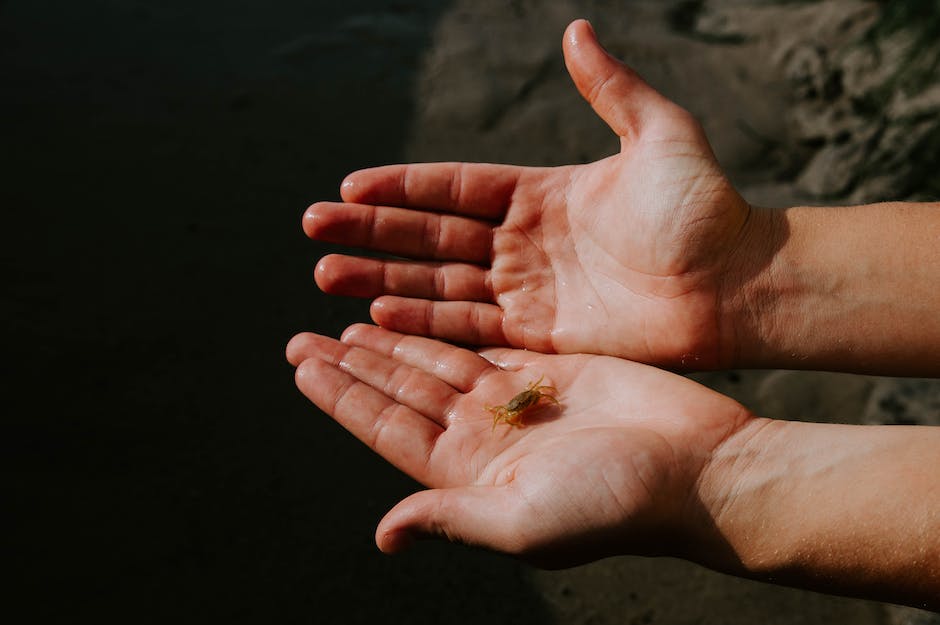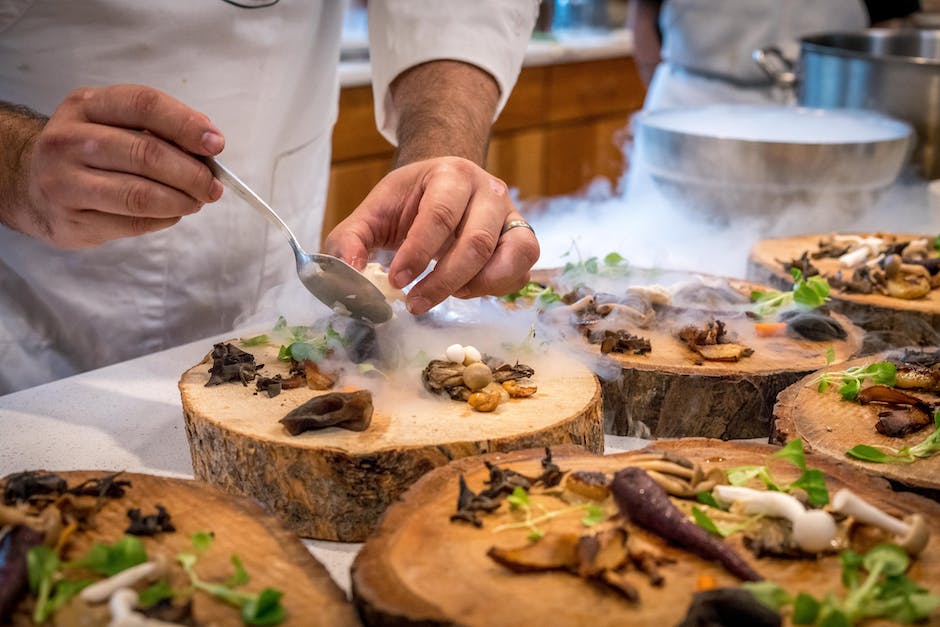
The Ultimate Guide To Cooking Wild Crab: Techniques And Tips
Crab is a delicacy that many seafood lovers can't resist. Whether you're a seasoned chef or a beginner in the kitchen, cooking wild crab can be a daunting task. But fear not! In this ultimate guide, we will walk you through the techniques and tips to ensure that your crab dishes turn out absolutely delicious.
First things first, let's talk about selecting the right crab. When it comes to cooking wild crab, freshness is key. Look for live crabs that are active and have a hard shell. Avoid crabs that appear sluggish or have any signs of damage. It's best to buy crabs from a reputable seafood market or fishmonger to ensure their quality.
Once you have your live crabs, it's time to prepare them for cooking. Start by cleaning them thoroughly. Scrub the shells with a brush to remove any dirt or debris. Next, remove the apron, which is the triangular flap on the underside of the crab. This will make it easier to clean and handle the crab later on.
Now that your crabs are clean, it's time to cook them. There are several cooking methods you can choose from, depending on your preference and the recipe you're following. One popular method is boiling. Fill a large pot with water and bring it to a rolling boil. Add salt and any other seasonings you desire, such as bay leaves or peppercorns. Gently place the crabs into the pot and cook for about 10-12 minutes per pound. Once cooked, remove the crabs from the pot and let them cool before cracking them open.
If you prefer a different cooking method, steaming is another great option. Fill a pot with about an inch of water and bring it to a simmer. Place a steamer basket or rack in the pot and arrange the crabs on top. Cover the pot and steam for about 15-20 minutes, or until the crabs are cooked through. Steaming is a gentle cooking method that helps retain the natural flavors and textures of the crab.
Now that you know how to cook wild crab, let's talk about cracking them open. This can be a bit tricky, but with a little practice, you'll become a pro. Start by removing the claws. Hold the crab firmly in one hand and twist off the claws at the joint. Use a crab cracker or a mallet to crack open the claws and extract the meat. Next, flip the crab over and remove the top shell by lifting it from the back. Use your fingers or a small knife to carefully remove the gills and any other unwanted parts. Finally, break the body in half and use a small fork or your fingers to pick out the meat.
Now that you have a pile of delicious crab meat, the possibilities are endless. You can use it to make crab cakes, crab bisque, crab salad, or simply enjoy it on its own with a squeeze of lemon and a sprinkle of salt. Get creative and experiment with different recipes to find your favorite way to enjoy wild crab.
In conclusion, cooking wild crab doesn't have to be intimidating. With the right techniques and tips, you can create mouthwatering crab dishes that will impress your family and friends. Remember to choose fresh crabs, clean them thoroughly, and cook them using your preferred method. And don't forget to have fun and enjoy the process of cracking open the crab and savoring the delicious meat. Happy cooking!
Popular Blog Posts
Latest News
About our Website
Step right into Wild-Crab, where the crabby seas meet the kitchen. No matter if you're an avid crab hunter or a culinary connoisseur of crab delicacies, we've got your back. Our ambition is to spread the elation and thrill of crabbing to every kitchen and fishing boat out there.
Looking to excel in the fine art of crab hunting or create a mouth-watering crab cuisine in the comfort of your own kitchen? You're in luck! Our recipe compendium is specially crafted to cater to both seasoned crabbers and culinary rookies. Our detailed instructions are easy to follow and designed to propel your crabbing prowess to new heights, whether you're standing on the sandy shores or stirring up a culinary masterpiece in the kitchen.
Resources
Quote of the Day
"If an architect makes a mistake, he grows ivy to cover it. If a doctor makes a mistake, he covers it with soil. If a cook makes a mistake, he covers it with some sauce and says it is a new recipe."
– Paul Bocuse



